It’s no secret that gas fireplaces are extremely popular today. And, for good reason. Convenience, ease of operation, zone heating and flexibility in design and application lead the pack. But as a mechanical device, there can be failure of components and issues with equipment. Your WE LOVE FIRE dealer is always ready to assist in any way, but there are a few common problems that you as a homeowner, should be able to recognize.
Excess soot
Soot in a fireplace is unburned carbon that is caused by incomplete combustion of natural or LP gas. It is normally caused by one of three situations; the logs out of position, there’s an incorrect air-to-fuel mixture or the burner ports are clogged.
The flames in a gas fireplace come from a small series of holes designed into the burner, called ‘ports’. These burner ports can be susceptible to clogging up with soot. Dust and dirt, tiny insect webs and small pieces of ceramic log material or glowing ember material will restrict the flow of gas through these holes. Clogged burner ports will lead to excessive levels of soot.
Believe it or not, the way gas fireplace logs glow and the way the flames dance among the logs, is carefully designed and engineered. Flame impingement occurs when the burner’s flames inadvertently come in contact with the logs. As this flame pattern is disrupted, it will have a detrimental impact on the combustion of the fuel. So never reposition logs. Your owner’s manual highlights a specific position for each of them. Soot building up on the logs can clog the burner ports.
In order for natural or LP gas to release all its energy when burned, the fuel needs to mix with the proper amount of combustion air. If the air is insufficient, all the gas will not be consumed. Low levels of combustion air will yield a flame that is too yellow and orange. Inadequate air is guaranteed to produce soot. Too much air will result in a flame that is too blue. There is an adjustment that can be made that affects this air-to-fuel ratio. Tweaking the air shutter on your fireplace will be necessary if the flame color or the flame pattern looks suspect. It’s important to prevent soot from building up on the logs and glass.
A couple other points worth mentioning:
- Keep in mind that when soot builds up, carbon monoxide is a distinct possibility. Make sure that the co-axial vent pipe is kept free of any debris, snow or other obstructions. This is particularly important if your fireplace is horizontally vented, low to the ground. Leaves, critters, drifting snow, etc. can affect the incoming combustion air and the outgoing exhaust. So, be sure the vent pipe is clear where it comes through the exterior wall and terminates on the side of the house.
- The glass on your fireplace has a gasketed seal around it. If this gasket material shows signs of wear or is damaged, replace it. Additional air can leak into the fireplace, upsetting the fuel-to-air mix.
- Regular maintenance by a certified professional gas technician is the best remedy to prevent excess soot from developing. Cleaning the air shutters and re-establishing the correct air-to-fuel ratio should fix the problem.
PILOT LIGHT ISSUES
Similar to your gas furnace or gas hot water heater, your fireplace uses a pilot light to open and close the gas valve. Another function of the pilot light is to ignite the natural or LP gas as it flows into the burner.
(This would be a good time to mention that your owner’s manual is the best resource for re-lighting a pilot.)
The pilot light is that small blue flame, hidden in the logs, that’s about an inch tall. The pilot light heats a thermopile, which are small, bi-metal strips about the diameter of a pencil. When one end of a thermopile is heated, there’s a difference in temperature with the other end. This difference is measured in ‘millivolts’ of electricity. These millivolts, that is thousandths of one volt, is enough electricity to open the gas supply valve on your fireplace, stove or insert.
All you need to do is flip a switch or click the remote. Once the valve is open, the pilot light ignites the gas as it flows to the burner.
If the pilot light on your fireplace is always ‘on’, odds are it’s a millivolt ignition system. An electronic ignition system utilizes a pilot light that is only intermittently ‘on’ while the fireplace is operating. An Intermittent Pilot Ignition (IPI) system can be set for the pilot to run continuously, but are usually operated in the auto-shutoff mode in an effort to save gas.
Now, if your pilot light will not ignite and the fuel supply is adequate, make sure the main supply valve is in the ‘open’ position. If both these check out, it could be a problem with the thermopile. Thermopiles will fail periodically. They can vary from model to model. The thermopile for an IPI system is going to be different than one for a millivolt system. Thermopiles or thermocouples are likely in stock and easily replaced by your WE LOVE FIRE dealer.
If your fireplace uses a millivolt system, another culprit could be the piezo igniter. The piezo ignitor generates an electric spark that ignites the pilot. Think of your gas grill; the black button you push to light the burners. At the end of that button is the piezo. Occasionally, this ignitor may need replacing.
A couple other thoughts regarding pilot light issues: It’s possible that the pilot was blown out by a draft created by extremely windy conditions. A ‘high wind shield’ on the termination cap would correct this scenario.
It’s also possible that a pilot light problem could be caused by faulty wiring. There are a few wire leads that go from the thermopile to the gas valve and from the receiving unit for your remote, to the gas valve. These leads have been known to pull loose from the valve or to be damaged. It’s crowded down there at the gas valve, but inspect these and check for a tight connection or any that might need replacing.
A faulty regulator on the gas meter or on the LP tank would affect the pilot light on your fireplace. This does not happen often. But if this were the problem, all the other gas appliances in your house, (the furnace, hot water heater, stove, dryer) would be affected, too. If this is the case, contact your gas supplier.
Interested in other worthwhile articles?
Should I Leave My Pilot Light on Year-Round?
Recognizing Gas Fireplace Issues – Part 2?
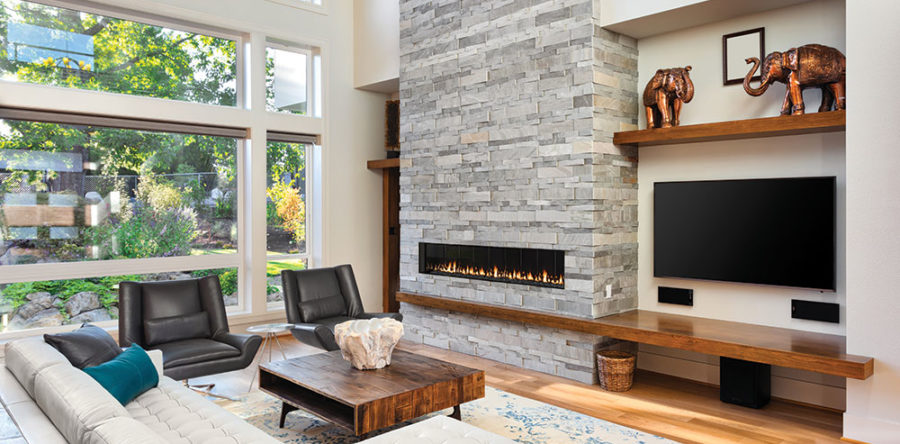
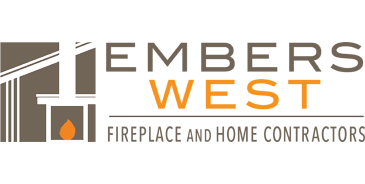
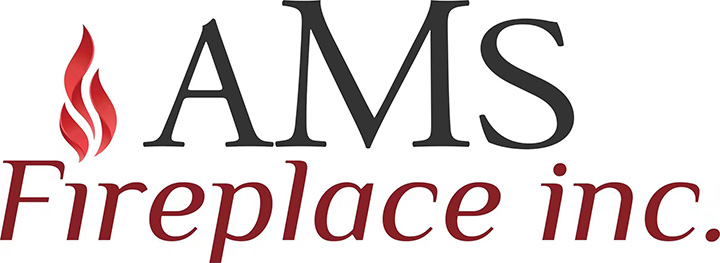
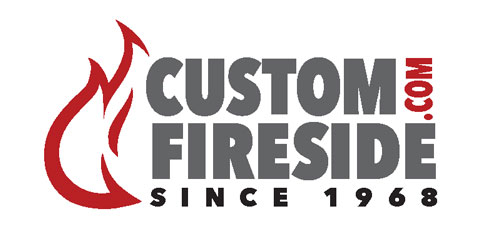


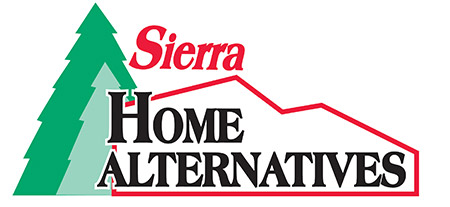





6 Responses